-
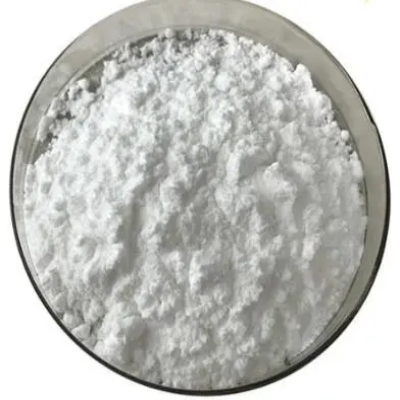
4-Chlorobenzenesulfonyl Chloride CAS:98-60-2
4-Chlorobenzenesulfonyl chloride (4-Chlorobenzenesulfonyl chloride) is an organic reagent with the formula C6H4Cl2O2S. As a chlorobenzene sulfonyl chloride, it plays an important role in organic synthesis and is often used in functional group protection and replacement reactions. It can be used to synthesize esters, ketones, amides and other organic compounds, and is widely used in drug synthesis and material fields.
-

benzene sulfonamide CAS:98-10-2
Benzene sulfonamide is an organic compound with the formula C6H7NO2S. It is an important chemical intermediate, often used in organic synthesis and drug preparation. Sulfonamide compounds have various structures and properties, and can be used to prepare various drugs, dyes, polymers and other compounds.
-
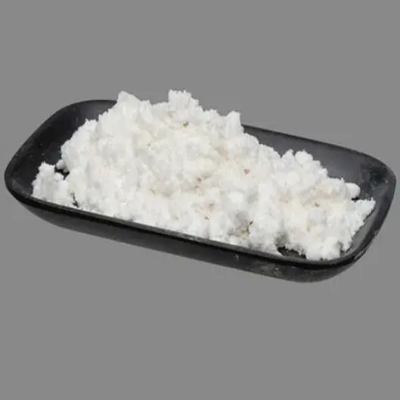
1 (2,4 difluorophenyl) ,2-(1,2,4-triazol-1-yl)ethanone CAS:86404-63-9
1-(2,4-difluorophenyl)-2-(1,2,4-triazol-1-yl)ethanon is an organic compound with a distinctive structure that includes a difluorophenyl group and a triazole ring linked through an ethanone bridge. This compound is recognized for its significant biological activity and has been extensively researched for its potential therapeutic applications.
-
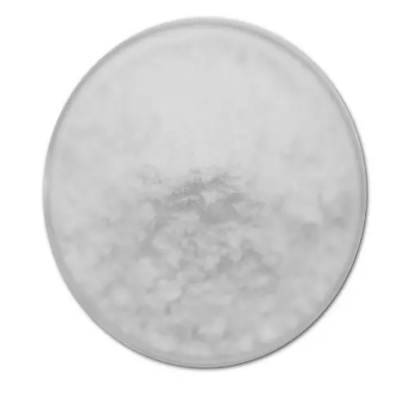
2,4,5-trifluorobenzyl bromide CAS:157911-56-3
2,4,5-trifluorobenzyl bromide (2,4,5-trifluorobenzyl bromide) is an organic compound with the formula C7H4BrF3. It is usually used in organic synthesis and chemical research, and has special chemical properties and application potential.
-
![(4S)-4-[(4-Aminophenyl)methyl]-2-oxazolidinone CAS:152305-23-2](https://cdn.globalso.com/xindaobiotech/1ZNB2ZF342ZWRNG282.png)
(4S)-4-[(4-Aminophenyl)methyl]-2-oxazolidinone CAS:152305-23-2
(4S)-4-[(4-Aminophenyl)methyl]-2-oxazolidinone is an organic compound with a bicyclic structure consisting of an oxazolidinone ring fused to a phenyl ring. The molecule features a chiral center at the 4-position of the oxazolidinone ring, giving rise to two enantiomers.
-
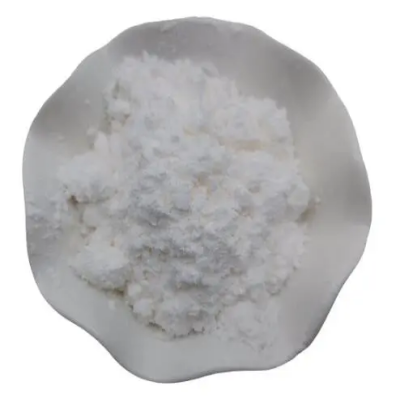
4-ChloroBenzene sulfinic acid sodium CAS:14752-66-0
4-ChloroBenzene sulfinic acid sodium (4-chlorobenzene sulfinic acid sodium) is an organic compound, which is often used in organic synthesis and chemical research, and has special chemical properties and application potential.
-
![4-[4-[(5S)-5-(Aminomethyl)-2-oxo-3-oxazolidinyl]phenyl]-3-morpholinone hydrochloride CAS:898543-06-1](https://cdn.globalso.com/xindaobiotech/7LVCT9VXBEN4TVS1KO0M49.png)
4-[4-[(5S)-5-(Aminomethyl)-2-oxo-3-oxazolidinyl]phenyl]-3-morpholinone hydrochloride CAS:898543-06-1
4-[4-[(5S)-5-(Aminomethyl)-2-oxo-3-oxazolidinyl]phenyl]-3-morpholinone hydrochloride is a complex heterocyclic compound with a combination of oxazolidinyl and morpholinone moieties. The molecule consists of a phenyl ring that is substituted with an oxazolidinyl group at the 4-position. The oxazolidinyl ring is a five-membered heterocyclic ring containing an oxygen atom, and it is further substituted with an aminomethyl group at the 5-position. This aminomethyl group is a primary amine that can engage in hydrogen bonding with other molecules, potentially enhancing the compound’s solubility and biological activity.
-
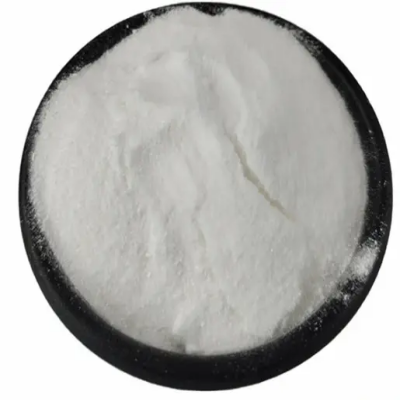
L-Octahydroindole-2-carboxylic acid CAS:80875-98-5
L-Octahydroindole-2-carboxylic acid is an organic compound that belongs to the indole family. It has a bicyclic structure consisting of a benzene ring fused to a five-membered ring, with the nitrogen atom located at the 1-position of the latter. The “L” prefix indicates that the molecule has a specific absolute configuration, with the hydrogen atom on the alpha carbon being on the left side in the standard Fischer projection.
-
![6,6-Dimethyl-3-azabicyclo[3.1.0]hexane CAS:943516-54-9](https://cdn.globalso.com/xindaobiotech/2QGOH2R49Y37X8W8E88O4D49.png)
6,6-Dimethyl-3-azabicyclo[3.1.0]hexane CAS:943516-54-9
6,6-Dimethyl-3-azabicyclo[3.1.0]hexane is a bicyclic organic compound with a unique structure that arises from the fusion of two rings: a three-membered ring and a four-membered ring. The three-membered ring contains a nitrogen atom, making it a heterocycle. This nitrogen atom is also part of an aziridine ring, which is a three-membered ring with one nitrogen atom. The four-membered ring is a cyclobutane ring, which is a four-membered ring with all carbon atoms.
-
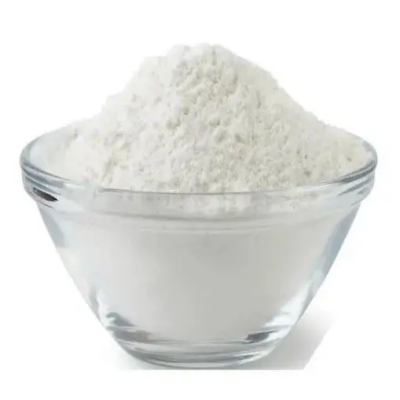
T-butyl-(3R,5S)-6-hydroxy 3,5-O-isopropylidene 3,5-dihydroxyhexanoate CAS:124655-09-0
T-Butyl (3R, 5S)-6-Hydroxy 3,5-O-Isopropylidene 3,5-Dihydroxyhexanoate is a complex organic compound with multiple functional groups and a chiral center.
-
![4-[6-(6-BROMO-8-CYCLOPENTYL-5-METHYL-7-OXO-7,8-DIHYDRO-PYRIDO[2,3-D]PYRIMIDIN-2-YLAMINO)-PYRIDIN-3-YL]-PIPERAZINE-1-CARBOXYLIC ACID TERT-BUTYL ESTER CAS:571188-82-4](https://cdn.globalso.com/xindaobiotech/4O1R623NVFB@9FV3NF9B9.png)
4-[6-(6-BROMO-8-CYCLOPENTYL-5-METHYL-7-OXO-7,8-DIHYDRO-PYRIDO[2,3-D]PYRIMIDIN-2-YLAMINO)-PYRIDIN-3-YL]-PIPERAZINE-1-CARBOXYLIC ACID TERT-BUTYL ESTER CAS:571188-82-4
4-[6-(6-Bromo-8-cyclopentyl-5-methyl-7-oxo-7,8-dihydro-pyridido[2,3-d]pyrimidin-2-ylamino)-pyridin-3-yl]piperazine-1-carboxylic acid tert-butyl ester is a complex organic molecule with multiple functional groups and a heterocyclic structure.
-
![4-(4-Fluorophenyl)-6-isopropyl-2-[(N-methyl-n-methylsulfonyl)amino]pyrimidine-5-yl-methanol CAS:147118-36-3](https://cdn.globalso.com/xindaobiotech/1ZNB2ZF342ZWRNG281.png)
4-(4-Fluorophenyl)-6-isopropyl-2-[(N-methyl-n-methylsulfonyl)amino]pyrimidine-5-yl-methanol CAS:147118-36-3
4-(4-Fluorophenyl)-6-Isopropyl-2-[(N-Methyl-N-Methylsulfonyl)Amino]Pyrimidine-5-Yl-Methanol is a novel organic compound that possesses a unique structure with several functional groups.

